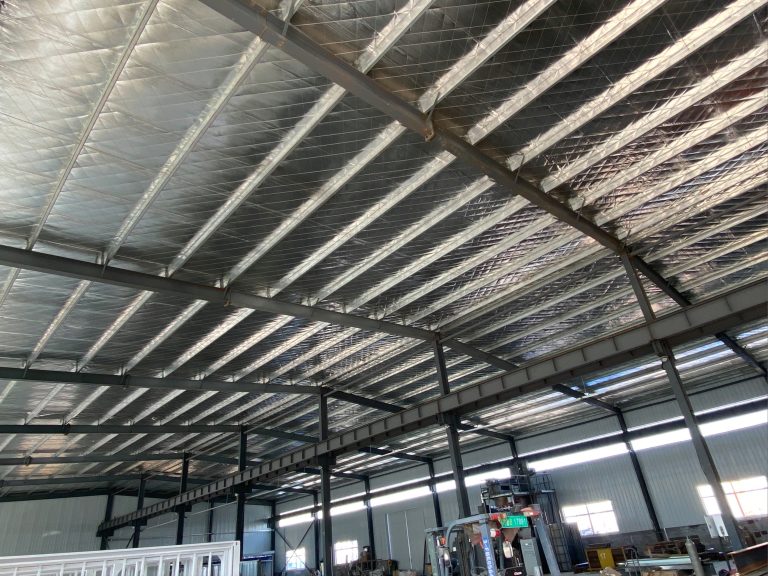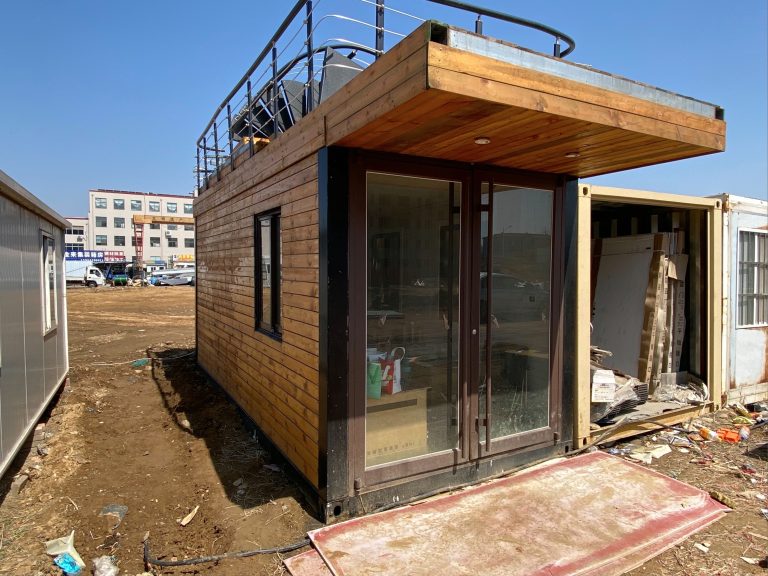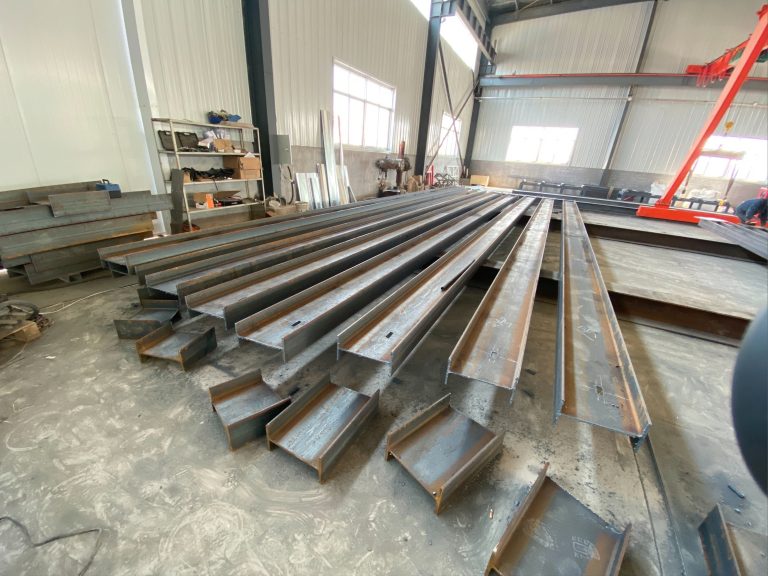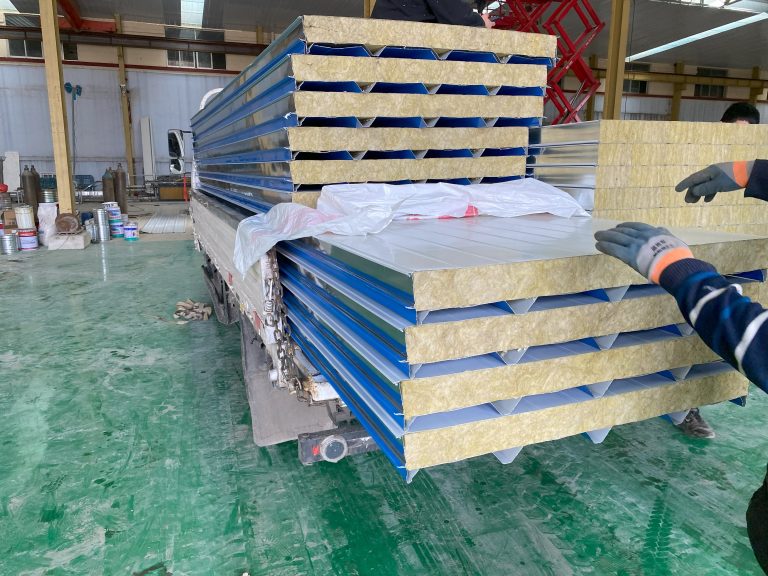Describe the sustainability challenges and solutions related to steel resources.
Steel Recycling: A Sustainable Solution for Reducing Resource Depletion
Steel is one of the most widely used materials in the world, with a multitude of applications across various industries. However, the production of steel comes with significant environmental challenges, including resource depletion and high energy consumption. As the demand for steel continues to rise, it is crucial to address these sustainability issues and find solutions that can help mitigate the environmental impact of steel production.
One of the primary sustainability challenges related to steel resources is the depletion of raw materials. Steel is primarily made from iron ore, which is a finite resource that is being rapidly depleted due to the high demand for steel. As a result, there is a growing concern about the long-term availability of iron ore and the impact of its extraction on the environment. In addition to iron ore, steel production also requires other resources such as coal and limestone, which are also finite resources that are facing depletion.
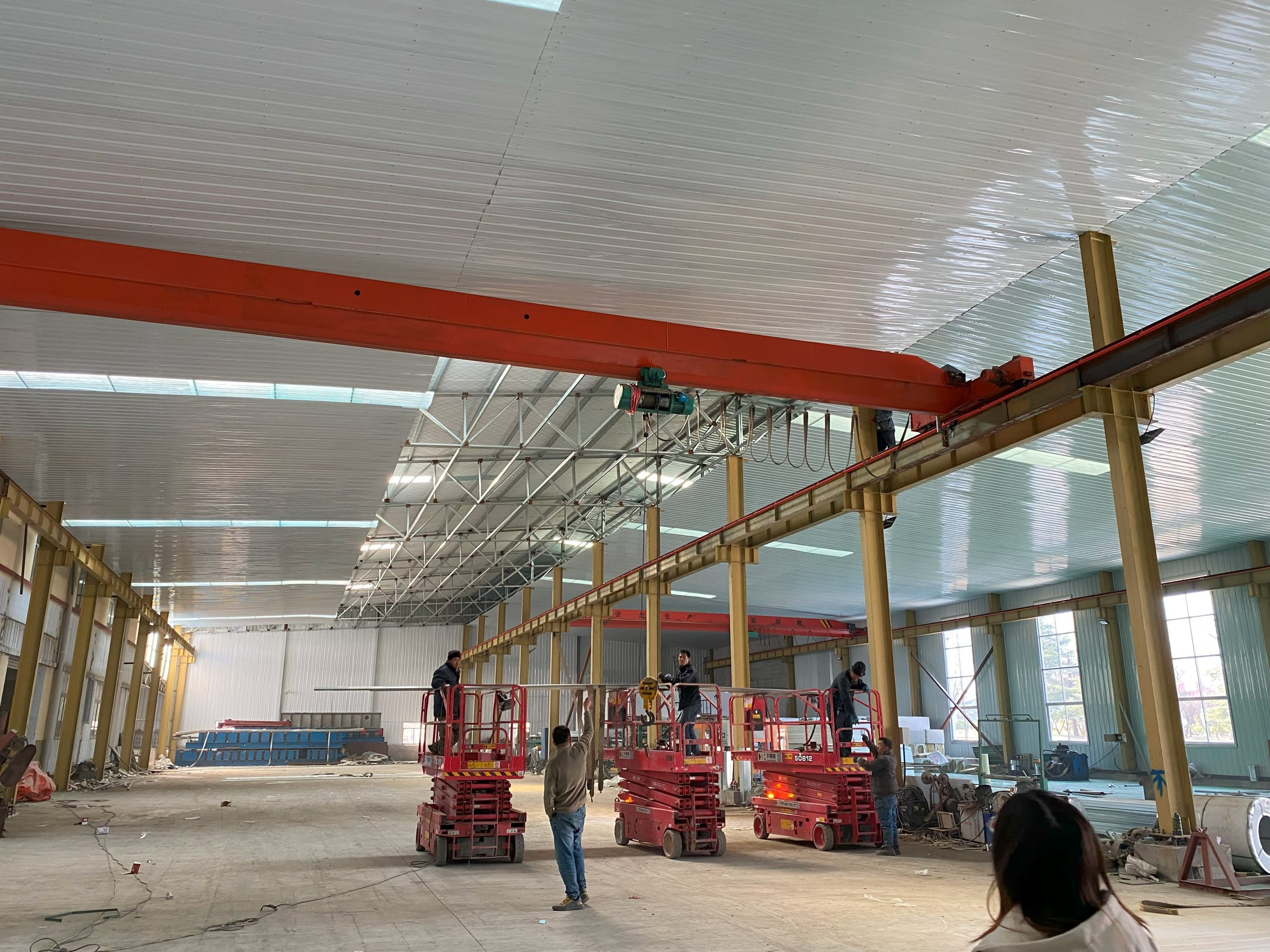
To address the challenge of resource depletion in the steel industry, one of the most effective solutions is steel recycling. Recycling steel not only helps to conserve raw materials but also reduces the energy consumption and greenhouse gas emissions associated with steel production. Steel is a highly recyclable material, with the ability to be recycled indefinitely without losing its quality or strength. By recycling steel, we can reduce the demand for virgin raw materials and minimize the environmental impact of steel production.
Another sustainability challenge related to steel resources is the high energy consumption associated with steel production. The production of steel is an energy-intensive process that requires large amounts of electricity and fossil fuels. This high energy consumption contributes to greenhouse gas emissions and air pollution, further exacerbating the environmental impact of steel production. In addition to energy consumption, steel production also generates large amounts of waste and byproducts, such as slag and emissions, which can have negative impacts on the environment.
To address the challenge of high energy consumption in the steel industry, there are several solutions that can help improve the sustainability of steel production. One of the most effective solutions is to increase the use of renewable energy sources in steel production. By using renewable energy sources such as solar, wind, and hydropower, steel producers can reduce their reliance on fossil fuels and decrease their carbon footprint. In addition to using renewable energy sources, improving energy efficiency in steel production processes can also help reduce energy consumption and greenhouse gas emissions.
In conclusion, the sustainability challenges related to steel resources are significant, but there are solutions available that can help mitigate the environmental impact of steel production. By implementing sustainable practices such as steel recycling, using renewable energy sources, and improving energy efficiency, we can work towards a more sustainable steel industry that conserves resources, reduces energy consumption, and minimizes environmental impact. It is essential for stakeholders in the steel industry to prioritize sustainability and work together to address these challenges for a more sustainable future.

